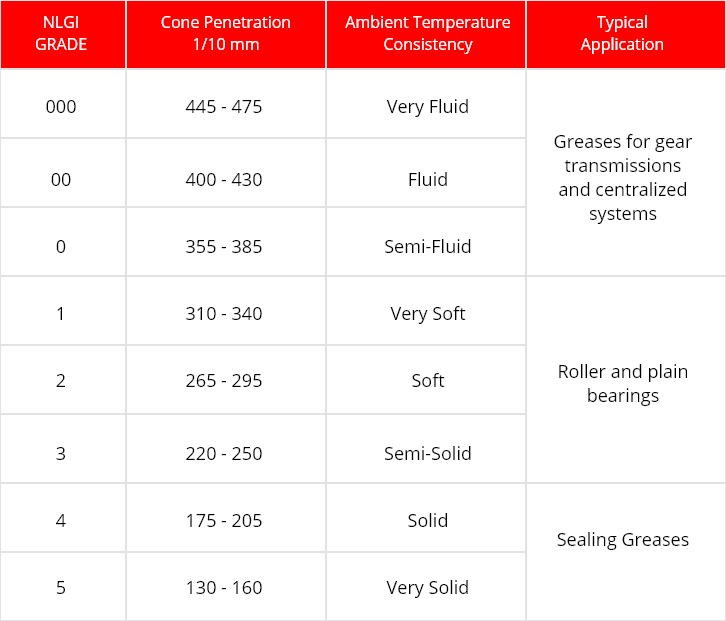Quite awhile back I discussed my recommendations for oiling vintage Sturmey Archer hubs. These are the old style hubs with oil caps, which allow the user to periodically put oil in the hub.
Modern Sturmey Archer hubs, some of which are mechanically similar to old hubs, use a semi-fluid (called NLGI #00 grade) grease rather than light oil for lubrication.
In fact, semi-fluid NLGI #00 grease can be used in vintage Sturmey Archer hubs as well. The trade-off is that in order to properly grease the hub, you need to open up the hub, break it down, clean it, and then re-assemble using the right amount of grease. The hardcore internal gear hub fanatics would have no problem doing that.
The advantages of a total tear down and full grease treatment are that service intervals are stretched out, the grease tends to stay in place better once you've put it in the hub, and routine oiling is basically eliminated. The disadvantages are the work of tearing down, cleaning, and re-greasing the hub and semi-fluid grease is not always available from the local hardware store (my local shop had some at one time, but then stopped carrying it).
The commonly available "green" grease I use (Lucas or Blaster brand usually) is a medium-grade grease (NLGI #2). It is too thick to use throughout a vintage Sturmey hub, such as an AW or FW. I am using this grease on the outer bearings in the main cups, and a modest amount of it in the ball ring bearings inside the ball ring. These areas of the hub respond and seal up reasonably well with the common green grease.For the core of the hub, I use 20 weight oil. My oil of choice is, as I've said many times before, 3-in-1 "blue" bottle oil, that is, the little bottle with the word "motor" or the little drawing of a motor on it.
I like this combination because your oil and grease can usually be bought from the local hardware store, the grease seals in the light oil reasonably well, and the oil is thin enough penetrate into the small spaces in the center of the hub. Routine oiling frequency is reduced but not eliminated entirely. I like this combination of factors, and I think the average mechanic and user of these hubs benefits from the convenience.But please don't assume this is the only way to lubricate the hub. I know of advanced mechanics who prefer a full semi-fluid grease treatment and do well with it. There is more than one "right" answer to lubricating your hub. I just happen to like the ease and versatility of common green grease in the bearings and 20-weight oil in the hub core.




















